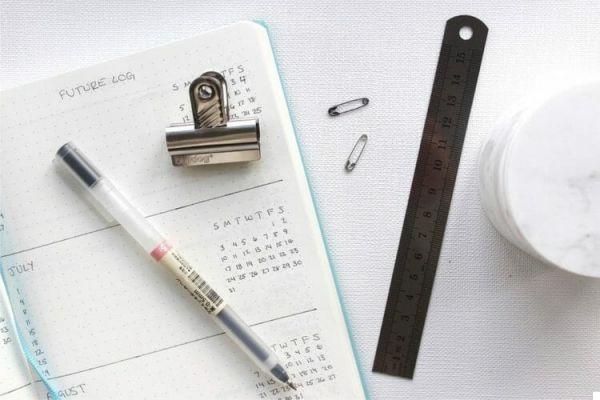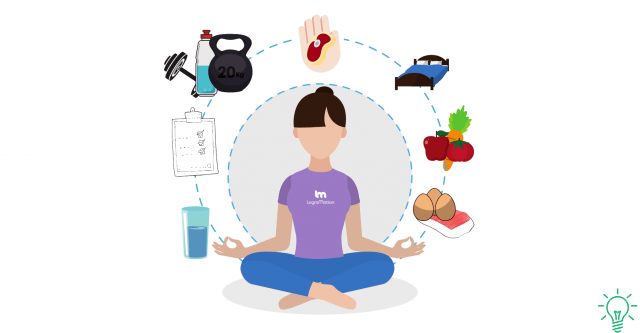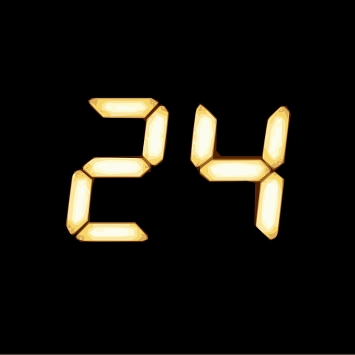Training diary: the best tool to increase your effectiveness in the gym and beyond.

Those who think they don't have time for exercise will sooner or later have to make time for illness.
Edward Smith-StanleyIl training diary, now well known, never gets old and never loses its effectiveness, used correctly it provides you with a multipurpose tool for your training at home or in the gym, definitely increasing the effectiveness of your sessions.
The training diary is basically a notebook where write down all activities carried out during your training sessions: load, repetitions, recovery, intensity, feeling of fatigue and much more, plus you can record your anthropometric measurement, heart rate and many other useful information every one or two months.
Writing all this information in your training diary allows you to have a personal register with your skills and to get constant feedback on your path, very useful for self-motivating and stimulating you to overcome your limits.
Whatever your goal: hypertrophy, endurance, toning or weight loss, I recommend that you start writing a training diary, then grab your Moleskine notebook or your favorite application and start recording your workouts.
How to write the training diary

There is only one way to train: the right one.
Carl Lewis
Specifically, write down as much information as possible, the more data you will write in the diary, more information you can get later, start by simply reporting your generic information:
- Your name
- Current body weight
- Data
- Generic physical conditions
- Heartbeat at rest
These are basic data but they will be useful to you later when you need to analyze and compare the results.
Always start writing your training diary with this information, then record the more specific data defined by the type of training you want to do:
- Anthropometric measurements
- Considerations and feelings
- Training specific data
- Primary objectives
The anthropometric measurement will help you to methodologically evaluate your results, including your own considerations hot sensations: if you seem to have trained well or if you feel that you could have given more, a feeling of fatigue and everything that comes to mind, perhaps without paying too much attention to grammar.
Then go on to write the specific information about your workouts, for example for the run you could write down: average speed, total km, feeling of fatigue and the time it took you to complete the course.
Finally the target, which are the most important part of the training diary, in this space you define and write down your personal goals that you would like to achieve, from losing 4 kg to running for 40 minutes.
Training diary to fill out

The training diary over time will turn into a small (even in pretentious) private medical record, you will be able at a glance to evaluate your improvements in training and at rest (keeping track of your heart rate).
Furthermore, with the information it contains, you can study the physical changes induced by the training itself.
So start journaling from your next session, don't tire of writing and try to stay constant.
The training diary can also be combined with a normal diary, I talk about it in the article on the personal diary, if instead you are looking for inspiration to train, take a look at the article: find the motivation to go to the gym.
Good workout!


























